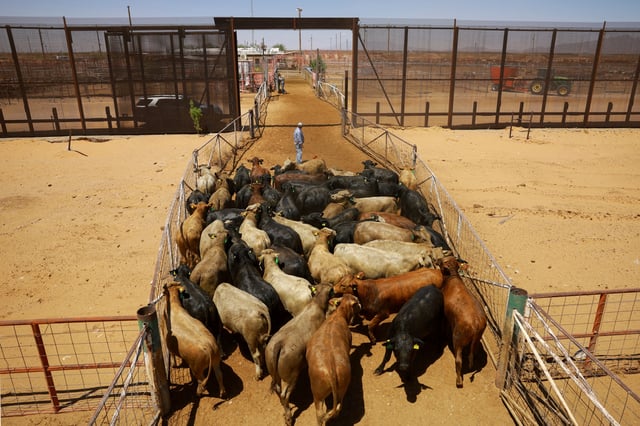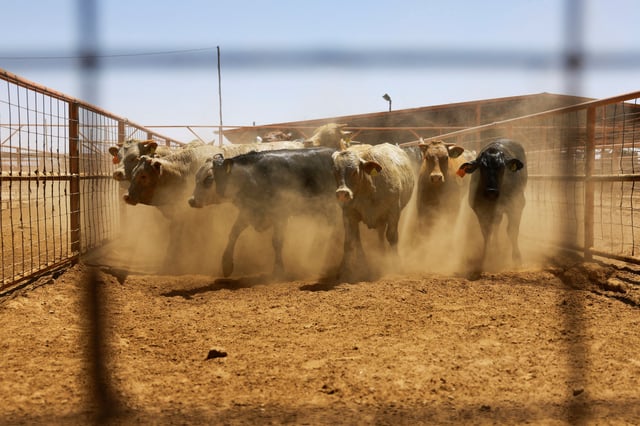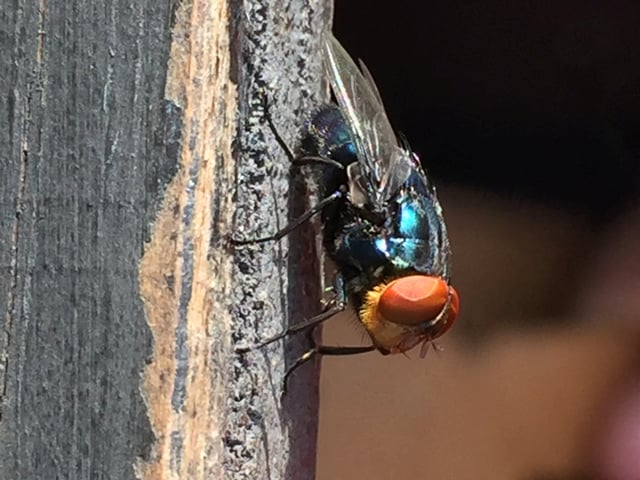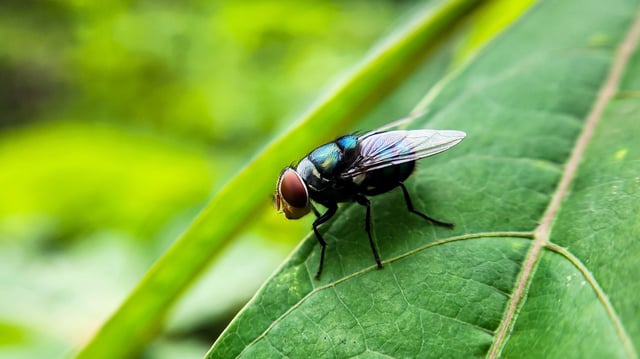Overview
- The New World Screwworm has moved through southern Mexico and is now roughly 700 miles from the Texas border.
- Washington halted all cattle imports from Mexico in May to protect U.S. herds and stabilize the beef supply.
- The USDA has allocated $21 million to retrofit a Mexican production plant for sterile screwworm breeding and release.
- A facility in Panama is already releasing 100 million sterile flies each week and experts call for more sites to check the parasite’s spread.
- USDA estimates a domestic outbreak could cost Texas’s livestock industry $1.8 billion in losses and tighten cattle supply, putting upward pressure on beef prices.



